Astrophotography season is finally here! Now, If you want to break into astrophotography, you’ll need a camera that’s out of this world! Fortunately, there are some stunning options that won’t destroy your wallet.
Astrophotography can be challenging; however, it is perhaps the most rewarding photography genre. There are many moving parts, and having sound knowledge of things like the 500 rule is vital. Still, when it all comes together, wow!
Having a camera that can help take some of the guesswork out of creating stunning images of the night sky would be beneficial. The good news is that such cameras exist, and they’re all pretty affordable. So if you want a camera that’s well built, packed with tech, and can withstand hours outside on cold nights, the cameras listed here are the ones that need to be on your radar.
OM SYSTEM OM-1 — Live composite is a game-changer
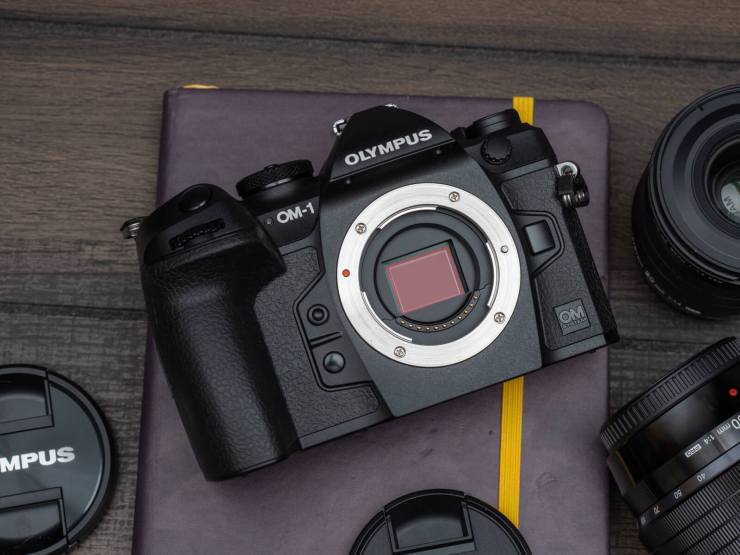
My current camera of choice, the OM SYSTEM OM-1, is a fantastic camera for astrophotography. While many mock the M4/3 platform for the small sensor, thanks to some smart software, and an improved sensor that improves low-light performance, the OM-1 punches above its weight. Live composite mode is an astrophotography game-changer.
Live composite allows you to take a clean base image, and the camera will only record new light that hits the sensor. What you end up with is a phenomenal RAW file that you can easily edit. This makes the OM SYSTEM OM-1 one of the best cameras for producing star trails. On top of this, you’ll get impressive IBIS, dual card slots, insane amounts of weather sealing (IPS53 -rated), excellent battery life and more! It’s a stunning camera.
CHECK THE LATEST PRICES AND AVAILABILITY HERE
Pentax K-1 II — The best DSLR for astrophotography
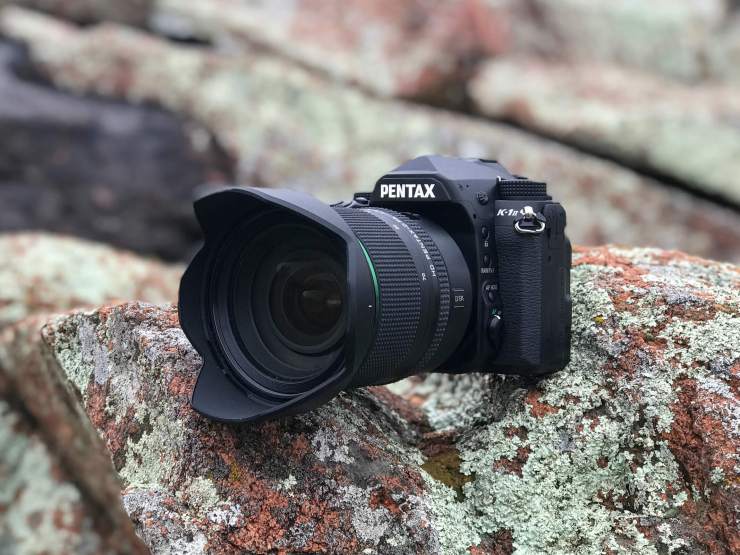
The Pentax K-1 II is one of the best cameras for astrophotography. Period! Thanks to the incredible 36-megapixel full-frame sensor and its ability to shoot at high ISOs effortlessly, the K-1 II is well suited for shooting in the dark. However, there’s far more to this camera that makes it one of the best to capture the night sky. The Pentax K-1 II has Astrotracer.
Astrotracer uses the camera’s built-in GPS to locate your position. The camera then uses the IBIS system to move the sensor and track the movement of the stars. It’s incredible. You’ll also get some of the best weather sealing in the business. A night mode turns the LCD red for easier viewing in the dark, dual card slots and a stunning pentaprism viewfinder round out the features of this camera. The Pentax K-1 II is out of this world for astrophotography.
CHECK THE LATEST PRICES AND AVAILABILITY HERE
Canon EOS 6D Mark II — An affordable Astrophotography camera
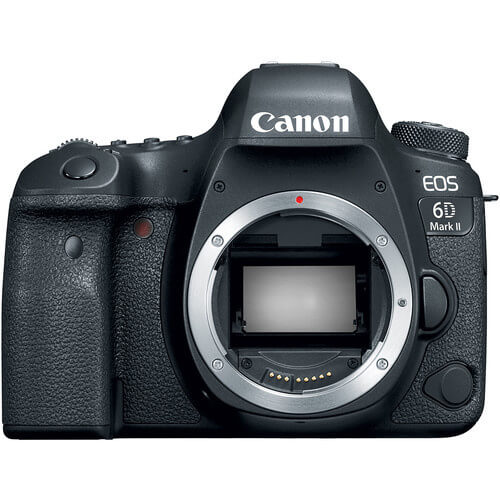
The original Canon EOS 6D holds legendary status in the astrophotography community. At the time, the 6D was an affordable entry-level full-frame DSLR that performed wonders at high ISOs. Astrophotographers jumped on this and pushed the camera to its max, and the results were stunning.
When the Canon EOS 6D Mark II — while not a newer camera — hasn’t disappointed astrophotography fans. The 26.2-megapixel full-frame sensor performs admirably at high ISOs. The build quality is fantastic. It has weather sealing, top battery life and a fully articulating screen. This camera makes capturing the galactic core and other objects in the night sky easy.
CHECK THE LATEST PRICES AND AVAILABILITY HERE
Panasonic Lumix S5 — One of the best mirrorless cameras for astrophotography
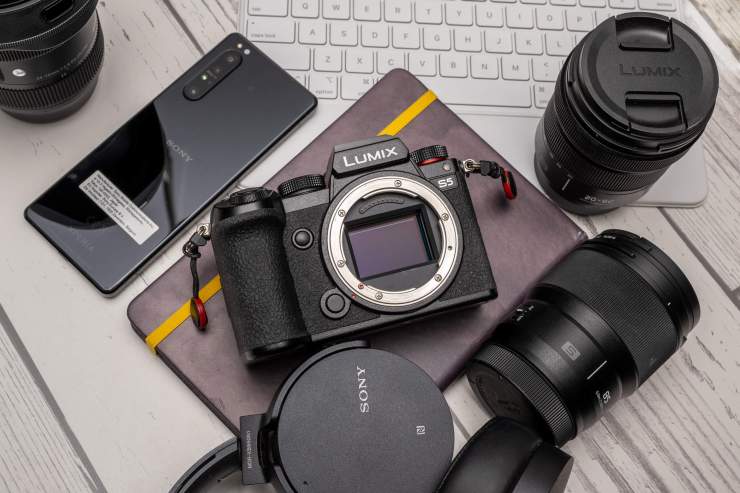
The Panasonic Lumix S5 is the only full-frame mirrorless camera featuring live composite technology. Similar to the OM SYSTEM OM-1, you can take a clean base image and then let the camera stack new light into the picture. This means you create stunning star trails with ease.
Being a full-frame camera, the S5 also performs wonders in low light. I’ve had no issues pushing the S5 to ISO 12,800 and beyond. The camera has weather sealing and dual card slots. There’s also a fully articulating screen, it’s easy to use, and the image quality from the 24-megapixel sensor is terrific. If you want an affordable full-frame mirrorless camera for astrophotography, check out the Panasonic Lumix S5. You can read our full review here.
CHECK THE LATEST PRICES AND AVAILABILITY HERE
Pentax K-3 III — The new DSLR kid on the block
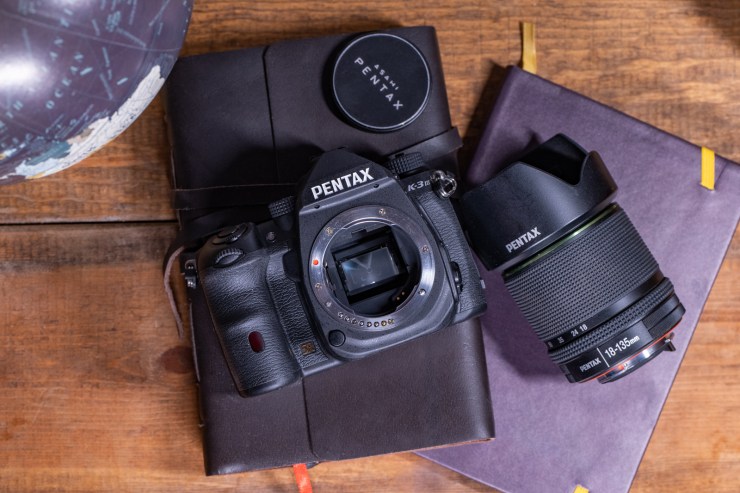
Another Pentax? You bet! Pentax is the master when it comes to creating cameras for Astrophotography. However, it took a little while for the K-3 III to become an Astro master. When I had it in for review, one of my biggest complaints about the camera was that it lacked a built-in GPS module. This means that to use the Astrotracer function, you had to buy a separate GPS dongle. Fortunately, this is not the case anymore.
Thanks to some incredible AI wizardry, the Pentax magicians created algorithms that enable the K-3 III to track the stars sans GPS unit! Now that’s innovation. In addition, the Pentax K-3 III features a gorgeous optical viewfinder, a stunning LCD, a fantastic 26-megapixel APS-C sensor that performs miracles in low light, dual card slots, IBIS and so much more!
CHECK THE LATEST PRICES AND AVAILABILITY HERE
Tell your story with the second annual Visual Storytelling Conference!
Experience four days of interactive, online training sessions featuring a range of educational content with experienced photographers and content creators. This free event kicks off with a series of technical boot camps to build essential skills, followed by live, online sessions on photography, video, business and social media. Join live from March 10-13, 2022!
